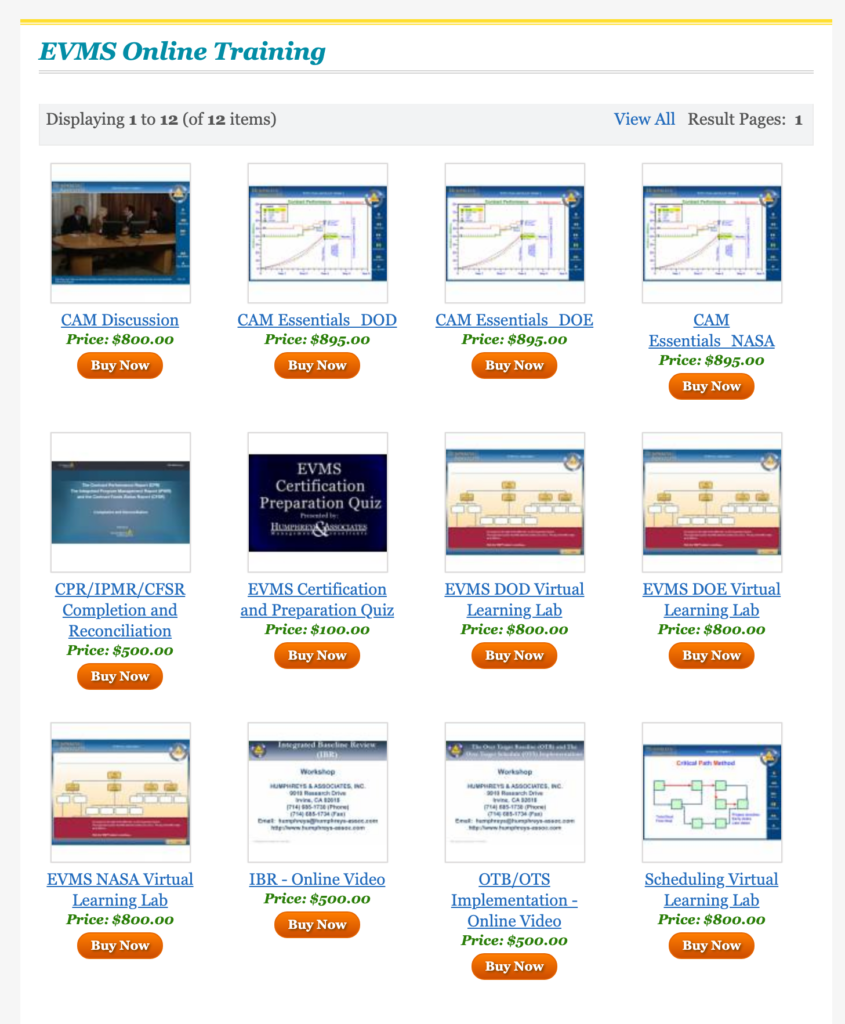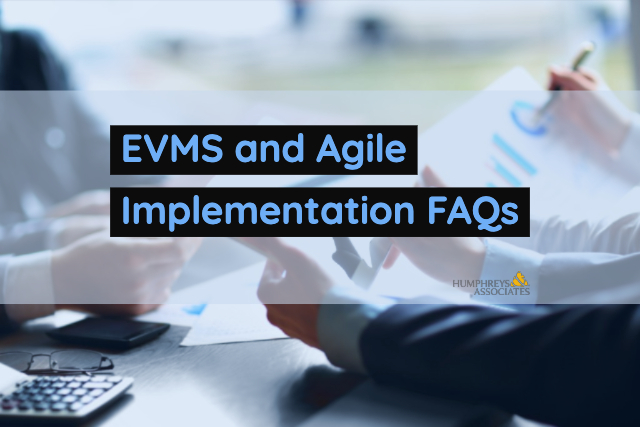EVMS Guidelines 2 – Five Sections of Organizational Guidelines
Video Contents
The EVMS Guidelines are Grouped in five major categories which address these five sections:
0:12 – Organization
0:32 – Planning, Scheduling, and Budgeting
0:46 – Accounting Considerations
0:56 – Analysis and Management Reports
1:15 – Revisions and Data Maintenance
More EVMS Training
If you liked this video you can purchase the entire course below. This video is an excerpt from the Department of Defense (DOD) version of this eLearning module. We also offer the same course customized for the Department of Energy’s (DOE) specific Earned Value Management (EVM) implementation/requirements, as well as a version of the course customized for NASA’s EVM implementation/requirements.
— Purchase This Course —
EVMS DOD Virtual Learning Lab
— Purchase the DOE Version of this Course —
EVMS DOE Virtual Learning Lab
— Purchase the NASA Version of this Course —
EVMS NASA Virtual Learning Lab
EVMS Document Matrix
Not sure what the different requirements are between the DOE and NASA? Can’t remember if Cost and Software Data Reporting (CSDR) is required for an NSA contract? Check out our easy to read Earned Value Management Systems Document Matrix
All Online Courses
All Online Courses Available from Humphreys & Associates

EVMS Guidelines 2 – Five Sections of Organizational Guidelines Read Post »


